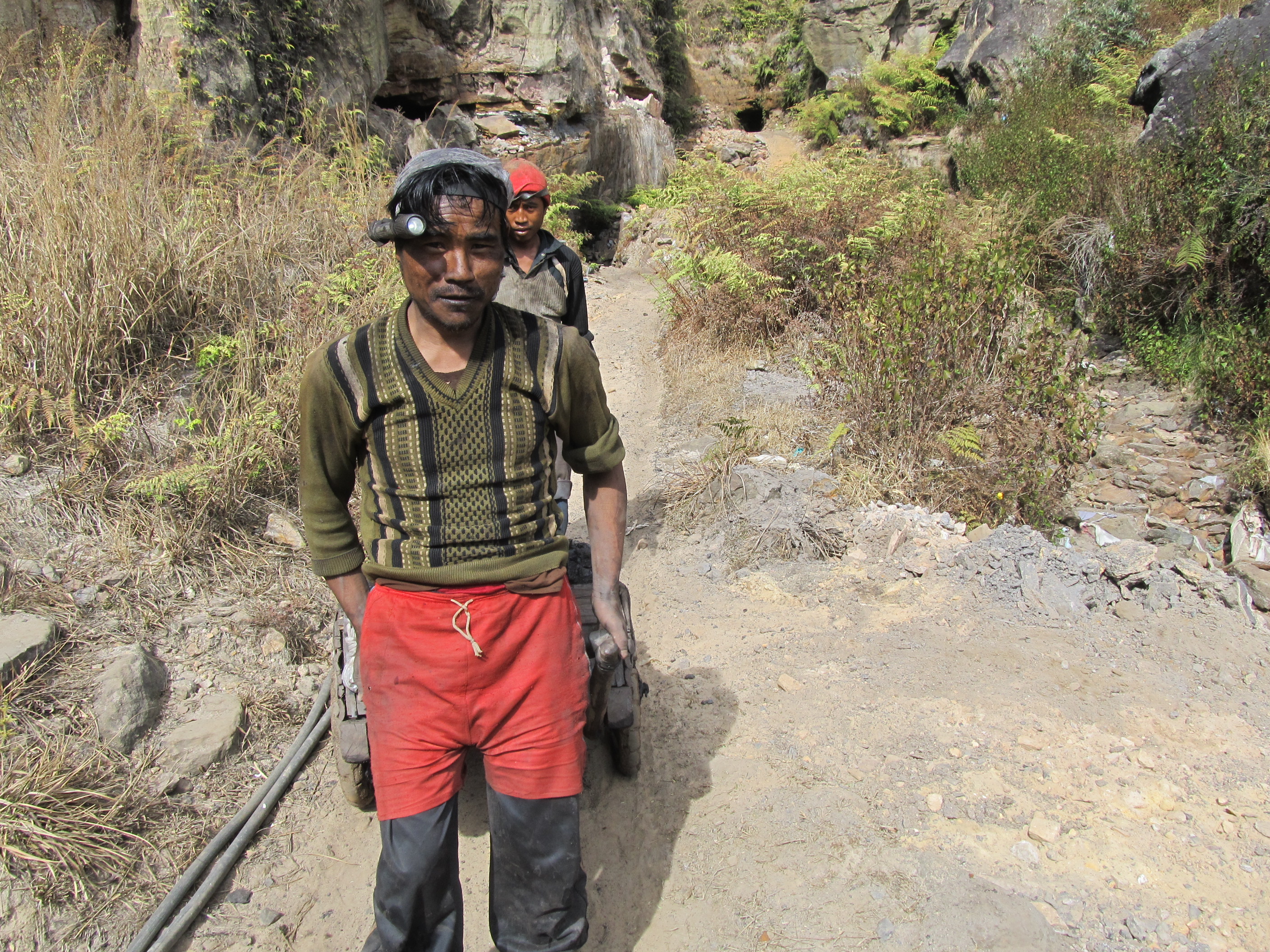Mike Moran, a journalist, editor, and multi-media specialist who spent nine years of his career at MSNBC.com, an incubator of great talent and technique in the late 1990s, has been executive editor since August 2005 of CFR.org, the Council on Foreign Relations’ Internet site. CFR.org, one of the best sites in the non-profit universe, is doing a lot of things very well in making the complex world of foreign affairs simpler to understand, easier to access, and a much more compelling narrative of our time.Â
One of the more interesting sections of the site is the multi-media section, which presents the richest collection of first-rate multi-media productions I’ve come across on any news and information site managed by a non-profit, and among the best in any realm, mainstream media Web sites — NYTimes.com, Washingtonpost.com — included. The site publishes timelines, photographs, audio, and motion graphics about issues as diverse as Venezuelan President Hugo Chavez and the conflict in Darfur.Â
I spoke with Moran today for a piece I’m reporting for the New York Times on multi-media producer Brian Storm, another former MSNBC.com staffer who’s moved on to launch and oversee Mediastorm.org, the hottest independent multi-media production shop in American journalism. Mediastorm produced CFR.org’s first crisis guide on Korea in January, the Darfur piece in April, and is working on another guide to the crisis in the Middle East.Â
Moran also told me that the new multi-media productions, and several more features including podcasts and complete video of Council meetings and speakers, has helped to drive traffic to CFR.org from 109,000 visitors and just over 400,000 page views a month in May 2005, to 390,000 users and 1.4 million page views in May 2007. Moreover, visitors who used to spend an average of six or seven minutes on the site now typically spend 12 to 14 minutes. More evidence about the power and influence of new story telling tools.
